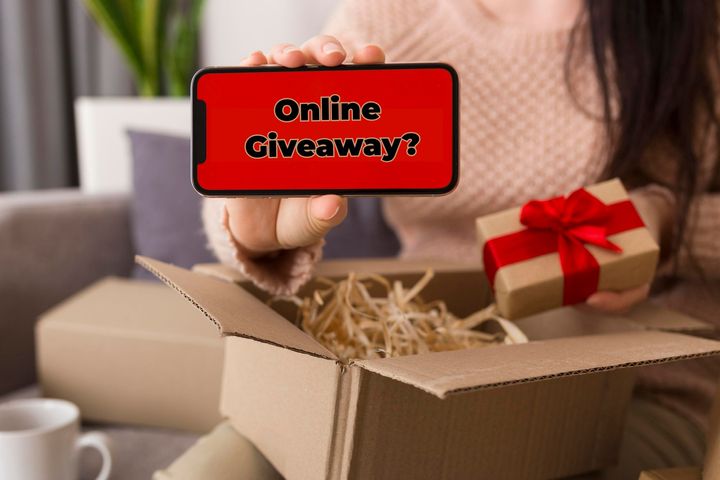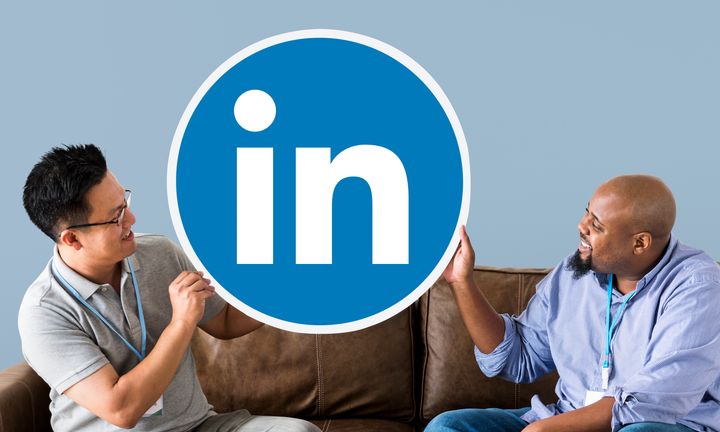How to Use Incentive-based Marketing for Revenue Growth
This post will provide a comprehensive guide on effectively using incentive-based marketing strategies to boost your revenue.

Incentive-based marketing has become a cornerstone strategy for many businesses aiming to drive revenue growth and enhance customer loyalty. By offering tangible rewards to customers, companies can motivate desired behaviors such as purchases, referrals, or social media engagement.
The effectiveness of incentive-based marketing lies in its ability to directly influence consumer decisions by providing immediate benefits for specific actions. This approach attracts new customers and retains existing ones, fostering a sense of appreciation and value. From loyalty programs and referral bonuses to exclusive discounts and contests, there are numerous ways to implement incentive-based marketing to achieve substantial growth.
This post will provide a comprehensive guide on effectively using incentive-based marketing strategies to boost your revenue.
How to Use Incentive-based Marketing for Revenue Growth
1. Design a Clear and Attractive Loyalty Program
A well-designed loyalty program is a cornerstone of incentive-based marketing. This involves creating a system where customers earn points or rewards for every purchase they make, which can later be redeemed for discounts, freebies, or other exclusive perks. The key is to ensure the program is simple to understand and attractive enough to encourage repeated purchases. Make sure to clearly communicate the benefits and the process of accumulating and redeeming rewards so customers feel motivated to engage consistently.
2. Implement Referral Bonuses to Leverage Word-of-Mouth Marketing
Referral programs can significantly expand your customer base by encouraging existing customers to bring in new ones. Offer bonuses such as discounts, free products, or cash rewards to customers who refer friends or family members. This not only incentivizes your current customers to act as brand ambassadors but also introduces your business to a wider audience with a high likelihood of trust and interest due to personal recommendations. To maximize effectiveness, ensure the referral process is easy and trackable, and the rewards are meaningful.
3. Utilize Exclusive Discounts and Flash Sales to Drive Immediate Sales
Creating a sense of urgency through exclusive discounts and flash sales can boost revenue quickly. Offer special deals for a limited time to encourage immediate action from customers. This strategy works particularly well during peak shopping seasons or to clear out excess inventory. Promote these sales through email marketing, social media, and your website to reach a broad audience. Highlighting the limited availability and exclusive nature of the discounts can create a fear of missing out (FOMO), driving more customers to purchase.
4. Run Contests and Giveaways to Increase Engagement and Reach
Contests and giveaways are excellent for generating excitement and engagement around your brand. Encourage customers to participate by offering enticing prizes in exchange for actions such as sharing your content, tagging friends, or creating user-generated content.

Using platforms like Giveaway.com can amplify your reach when running contests and giveaways. These sites offer a ready-made audience eager to participate in contests and can drive significant traffic to your brand. Hosting your giveaway on such platforms can attract participants who may not have otherwise discovered your business. Ensure your sweepstakes or giveaway is well-promoted on these platforms, with clear rules and attractive prizes that resonate with your target audience.
See Also:How to Build an Email List for Your Business from Scratch
5. Offer Tiered Rewards to Encourage Higher Spending
Implementing a tiered rewards system can encourage customers to spend more to unlock better rewards. For instance, customers who spend a certain amount within a specified period could move to a higher tier with more exclusive benefits, such as bigger discounts, free shipping, or early access to sales. This creates an aspirational element, motivating customers to increase their purchase frequency and value. Clearly communicate the benefits of each tier and make it easy for customers to track their progress toward the next level.
6. Personalize Incentives to Enhance Customer Experience
Personalization can significantly increase the effectiveness of your incentive-based marketing efforts. Use customer data to tailor rewards and offers to individual preferences and behaviors. For example, if a customer frequently purchases a particular product, offer them a discount on their next purchase of a similar item. Personalized incentives make customers feel valued and understood, increasing their loyalty and likelihood to engage with your brand. Leverage CRM systems and data analytics to segment your audience and deliver targeted, personalized incentives.
7. Leverage Gamification to Make Rewards Fun and Engaging
Gamification adds an element of fun to your incentive-based marketing strategies, making the process of earning rewards more engaging for customers. Incorporate game-like elements such as badges, levels, and challenges that customers can complete to earn points or rewards. For instance, customers could earn a badge for making a purchase during a specific period or completing activities like sharing on social media or writing a review. Gamification keeps customers engaged and fosters a sense of accomplishment and loyalty.
8. Track and Analyze the Performance of Your Incentive Programs
To ensure the success of your incentive-based marketing efforts, it's crucial to track and analyze the performance of your programs regularly. Use key performance indicators (KPIs) such as participation rates, repeat purchase rates, average order value, and customer lifetime value to measure the effectiveness of your incentives. Collect customer feedback to understand what’s working and what can be improved. Continuously optimize your programs based on data insights and customer feedback to ensure they remain effective and aligned with your revenue growth goals.
Conclusion
Incentive-based marketing offers a powerful tool for businesses looking to drive revenue and build stronger customer relationships. By strategically rewarding customer actions, companies can achieve significant growth and loyalty. Implementing these strategies effectively requires careful planning and a deep understanding of what motivates your audience.
As you integrate these tactics into your marketing efforts, you’ll find that the rewards extend beyond immediate revenue gains, fostering a more engaged and loyal customer base that supports long-term success. Get started today!




